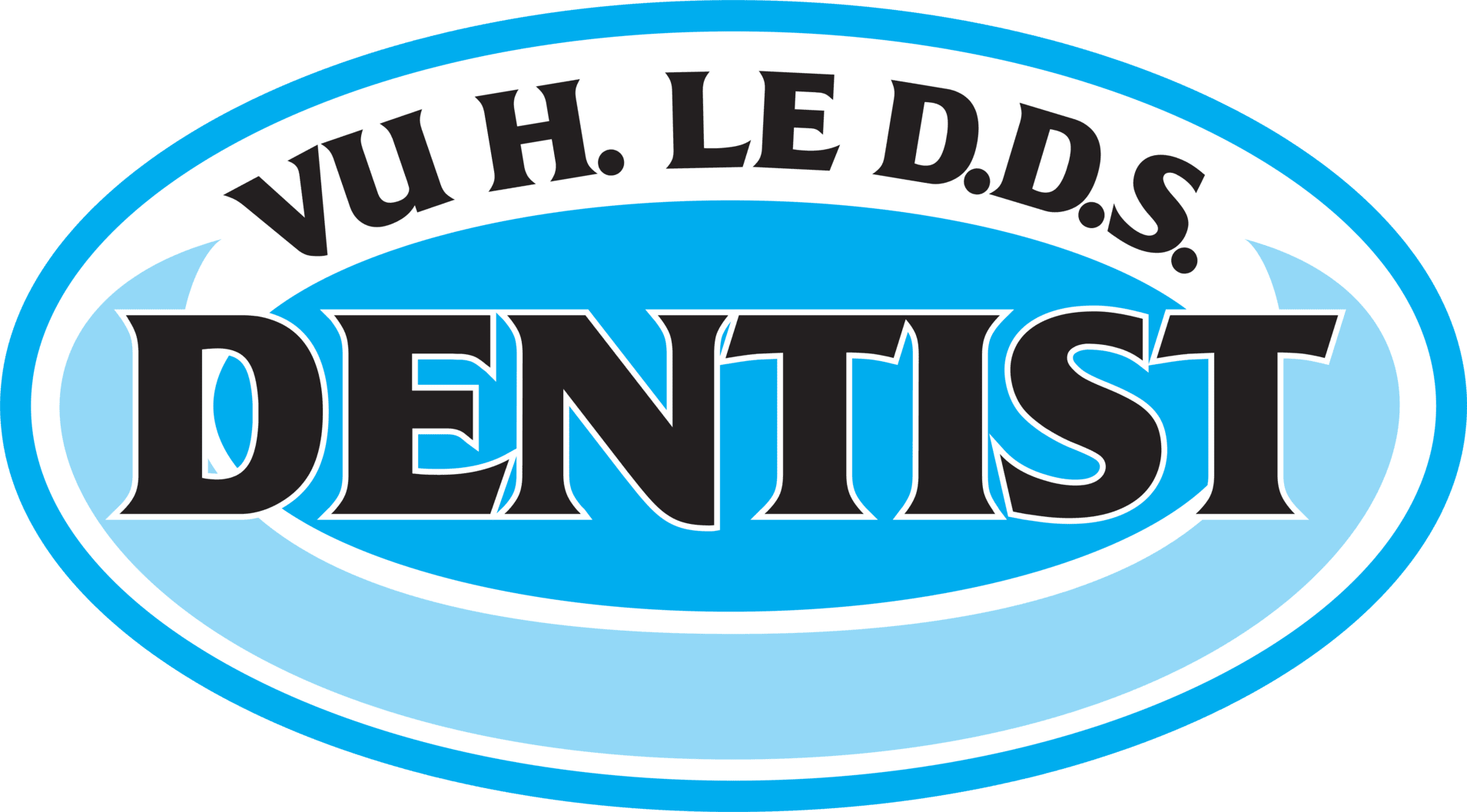Oral Surgery in Santa Cruz
When a dentist mentions “oral surgery,” many patients begin to panic. Most patients think that there is something seriously wrong with them, or that they are going to be undergoing a dangerous, painful, and expensive procedure. The truth is, however, that many oral surgery procedures are commonplace and address conditions that many patients of all ages experience, such as impacted wisdom teeth, sleep apnea, or tooth loss. While every case is different, many of these procedures are completed on an outpatient basis, and patients can resume work and normal activities within a few days. It is also true that many dentists recommend that you see an oral surgeon because in some cases, the surgeon may advise us that there are other, nonsurgical, treatments available. If you are apprehensive about a referral to an oral surgeon, speak with us at your next dentist appointment.
List of Services
-
Dental Implants
Dental implants have changed the way dentistry has evolved over the last 25-years. A dental implant is a replacement for the root of a tooth. They are used to secure crowns to the jawbone using titanium and titanium alloy. These metals are used because they are lightweight and biocompatible – which means they are not rejected by our bodies. Dental implants are used to replace teeth that have been affected by decay, disease, oral cancer, or a number of causes such as smoking, alcoholism, or injury. Dental implants require a procedure to create channels in the jawbone so the implants can be fitted with intimate contact with the jaw. Implants generally require 3-6-months for the bone to fuse with the titanium rod before we can place a tooth restoration (a crown or bridge), to complete the process.
-
Tooth Extraction
A tooth extraction is the removal of a tooth from its socket in the bone, often performed to address significant decay, damage, or oral health issues. Teeth may need to be extracted due to severe infection, advanced gum disease, overcrowding, or impacted teeth that cause pain or complications. The procedure is typically quick and done under local anesthesia, with options for sedation if needed. Extractions can also be preventive, especially in cases of overcrowding or before orthodontic treatments. Recovery usually takes a few days, during which patients are advised to follow post-operative care instructions, such as maintaining proper oral hygiene, avoiding hard foods, and taking prescribed medications to ensure a smooth healing process. Tooth extractions help alleviate pain, prevent further complications, and pave the way for restorative or orthodontic solutions.
-
Wisdom Tooth Extraction
A wisdom tooth extraction is the removal of wisdom teeth. Wisdom teeth are our last teeth to erupt and are located in the back bottom and top corners of our mouths. They usually come in between the ages of 16-21 and while some patients may not have any issues with them, it is better to have them removed as there are typically more issues leaving them in. These issues could include a lack of room for them to properly erupt, they can become impacted and cause pain, oral infections, or other oral health issues. Oftentimes, our office will suggest wisdom tooth removal as a preventive measure. A wisdom tooth extraction is an outpatient procedure that only takes a few days to fully recover form.
-
Crown Lengthening
Crown lengthening is a dental procedure that reshapes the gum tissue, and sometimes the underlying bone, to expose more of a tooth’s surface. This treatment is often necessary when there isn’t enough visible tooth above the gum line to support a restoration, such as a crown or filling. It can also be performed for cosmetic reasons, such as correcting a "gummy" smile by adjusting the gum line to create a more balanced and appealing appearance. The procedure involves numbing the area, removing or reshaping excess gum tissue, and, in some cases, contouring the bone for optimal results. Recovery typically takes a few weeks, and patients are advised to maintain good oral hygiene during the healing process. Crown lengthening enhances both the function and aesthetics of the smile while supporting long-term dental health.
-
Bone Grafts
Bone grafts are a dental procedure used to restore or rebuild lost bone in the jaw, often necessary for patients who lack sufficient bone to support dental implants or other restorative treatments. Bone loss can occur due to factors such as tooth loss, gum disease, or trauma, and it may compromise oral function and aesthetics. During the procedure, bone material—either from the patient, a donor, synthetic sources, or animals—is placed in the deficient area to stimulate new bone growth and strengthen the jaw.
The healing process, known as osseointegration, typically takes several months as the graft integrates with the existing bone. Bone grafts are essential for creating a stable foundation for dental implants, improving oral structure, and maintaining facial contours. With proper care and regular dental check-ups, bone grafting ensures long-term oral health and successful restorative outcomes.

